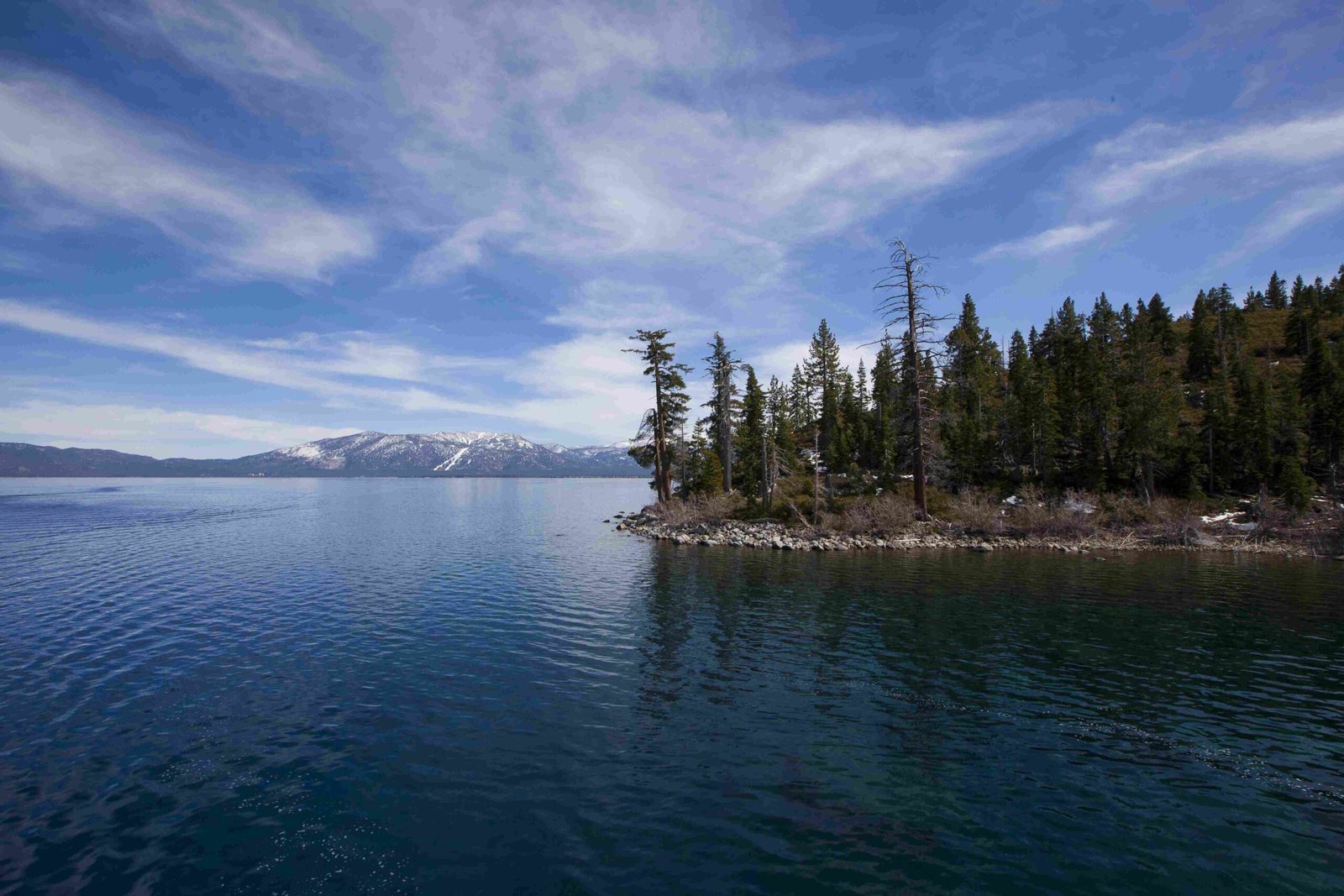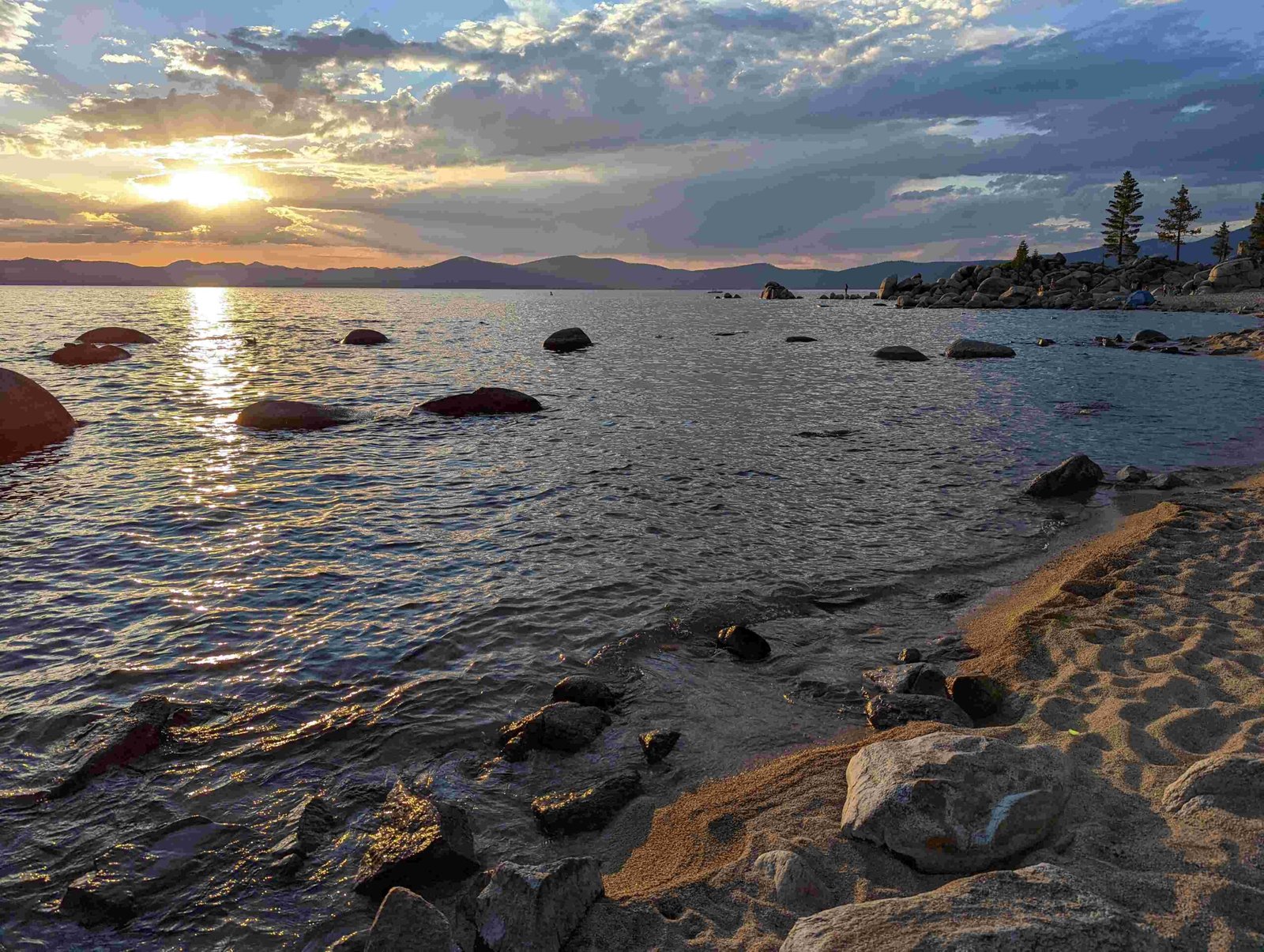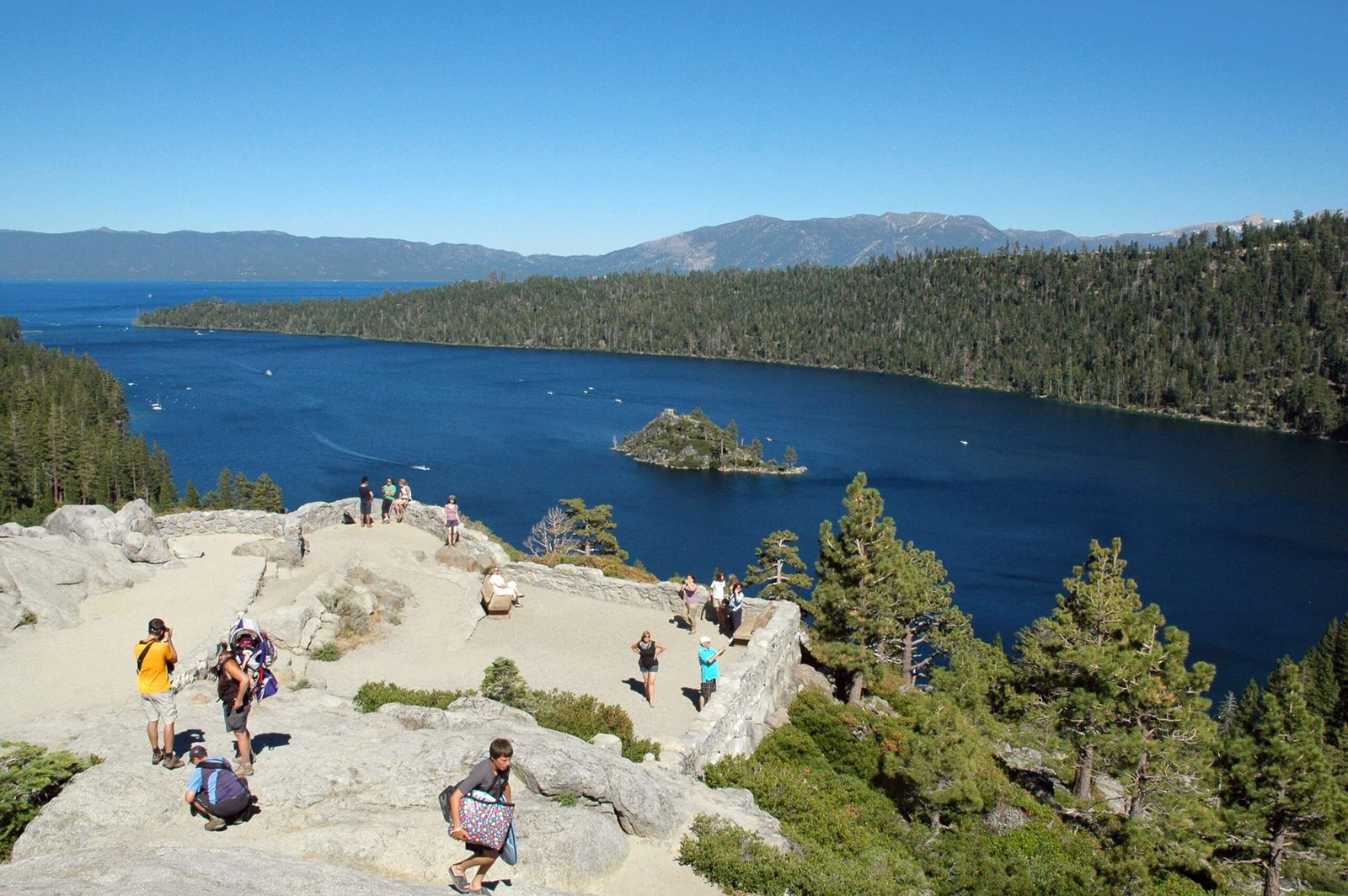Lake Tahoe’s intricate network of 63 tributaries forms a complex hydrological system that sustains one of North America’s most pristine alpine lakes. These waterways, originating from mountain peaks, valleys, and surrounding watersheds, contribute approximately 50% of the lake’s water volume through diverse streams and rivers, each playing a critical role in maintaining the lake’s ecological balance and remarkable water clarity.
What Are the Primary Lake Tahoe Tributaries?

Lake Tahoe’s tributaries can be categorized by their geographical location, each offering unique characteristics and water contributions:
East Shore Tributaries
| Tributary | Annual Water Contribution | Unique Characteristics |
|---|---|---|
| Burke Creek | Moderate Flow | Flows from Genoa Peak to Stateline |
| Glenbrook Creek | 890 acre-feet/year | Consistent water source |
| Marlette Creek | 1,740 acre-feet/year | Originates from Marlette Lake |
South Shore Significant Streams
- Upper Truckee River
- Largest tributary
- Contributes 71,311 acre-feet annually
- Flows from Red Lake Peak
-
Critical for sediment and nutrient transport
-
Trout Creek
- Originates in Carson Range
- Provides 25,770 acre-feet annually
- Supports diverse aquatic ecosystems
West Shore Water Sources
- Rubicon Creek
- Flows near D.L. Bliss State Park
- Headwaters at Rubicon Peak
-
Scenic mountain stream
-
Blackwood Creek
- Contributes 26,280 acre-feet annually
- Originates near Peak 8652
How Do Tributaries Impact Lake Tahoe’s Ecosystem?

Tributaries are more than water sources; they are lifelines for Lake Tahoe’s complex ecosystem:
Water Quality Contributions
Tributaries play a crucial role in:
– Transporting nutrients
– Regulating water temperature
– Supporting aquatic and terrestrial biodiversity
– Maintaining lake water clarity
Environmental Management Strategies
The Tahoe Regional Planning Agency (TRPA) implements comprehensive watershed management practices:
- Regular water quality monitoring
- Stream environment zone restoration
- Pollution reduction initiatives
- Native species reintroduction programs
What Challenges Do Lake Tahoe Tributaries Face?
Environmental Pressures
- Climate change impacts
- Increased sediment loads
- Urban development
- Invasive species introduction
Conservation Efforts
- Watershed protection programs
- Strict environmental regulations
- Collaborative research initiatives
- Community engagement in conservation
Can Visitors Explore Lake Tahoe Tributaries?
Recreational Opportunities
- Hiking along Tahoe Rim Trail
- Fishing in tributary streams
- Photography and wildlife observation
- Guided ecological tours
Access Points
- State parks
- Forest service trails
- Designated viewing areas
- Visitor centers with educational resources
Conclusion
Lake Tahoe’s tributaries represent a delicate and dynamic water system, essential for maintaining the lake’s legendary ecological integrity. Understanding their complexity helps preserve this remarkable natural treasure.

